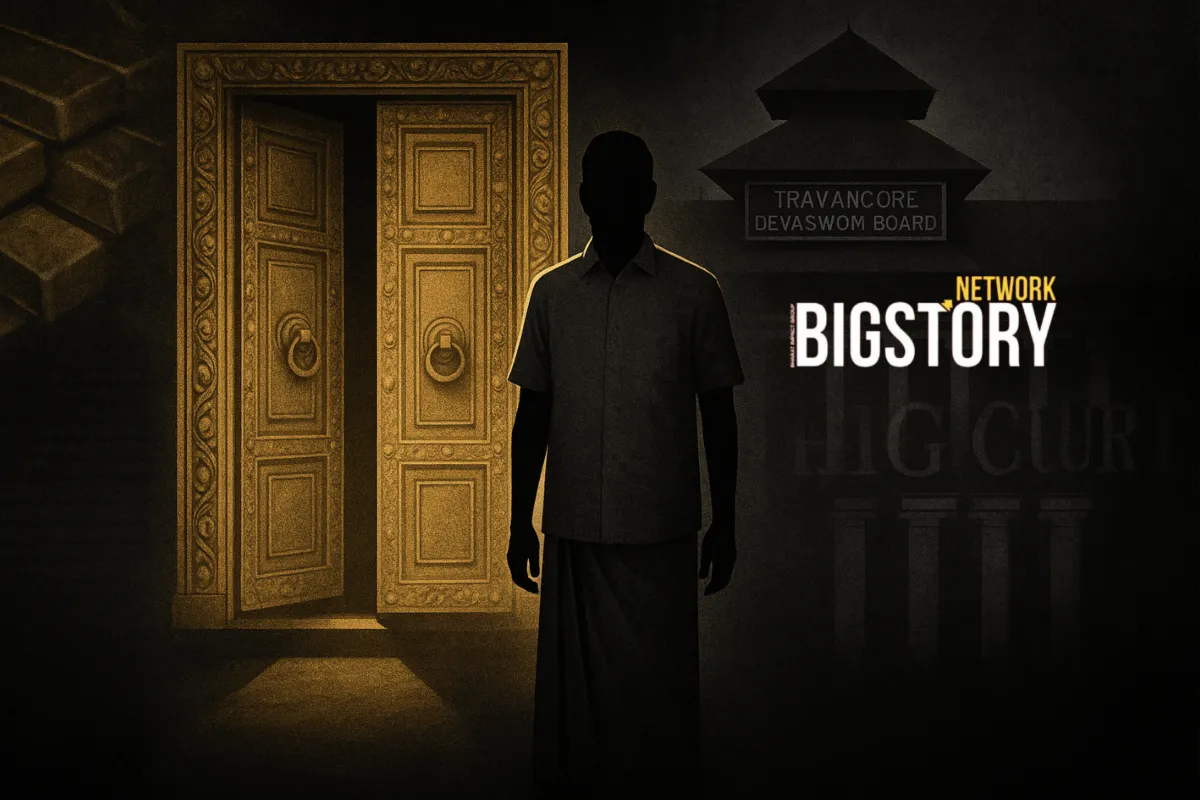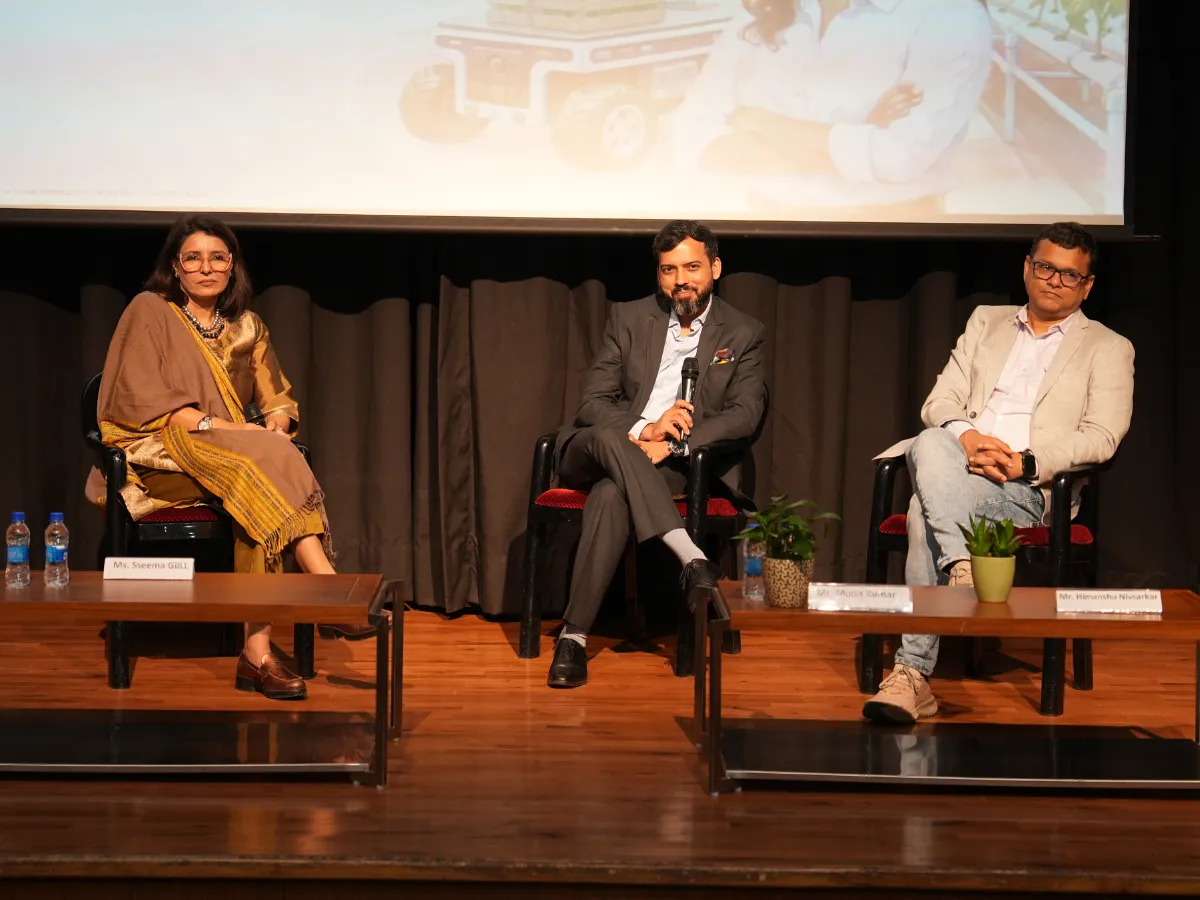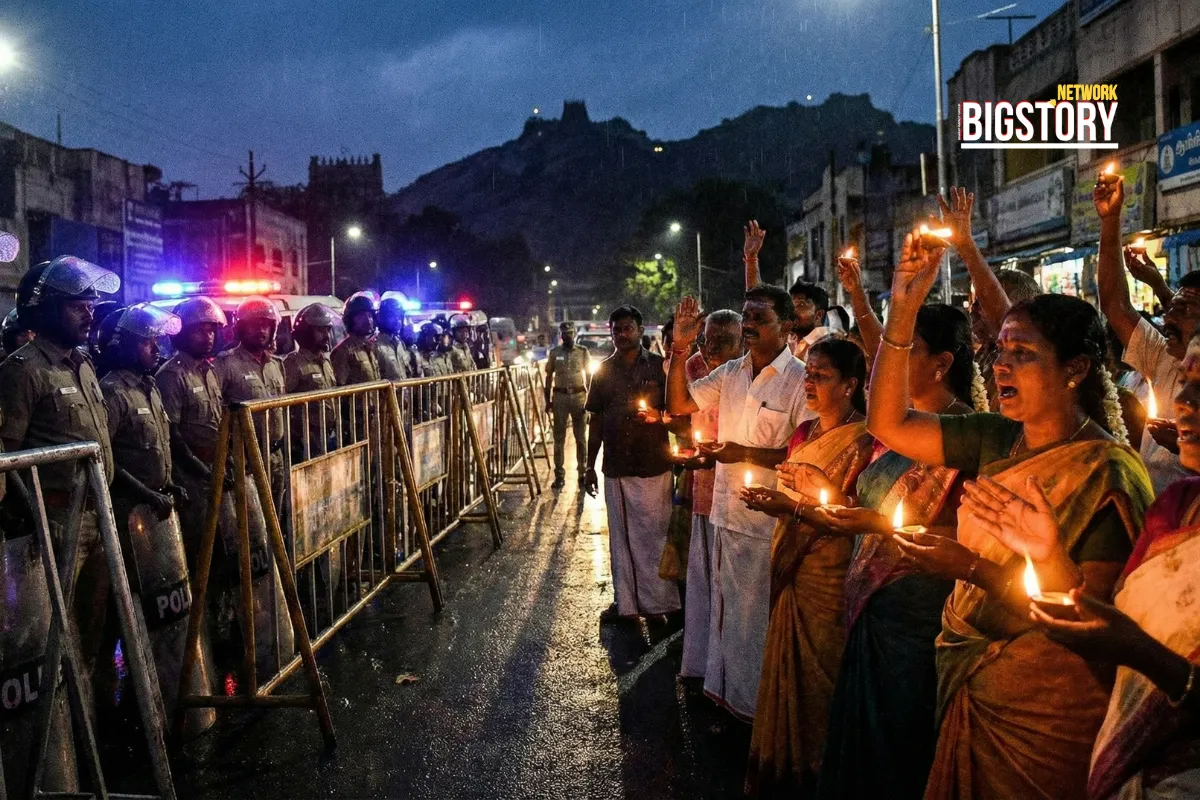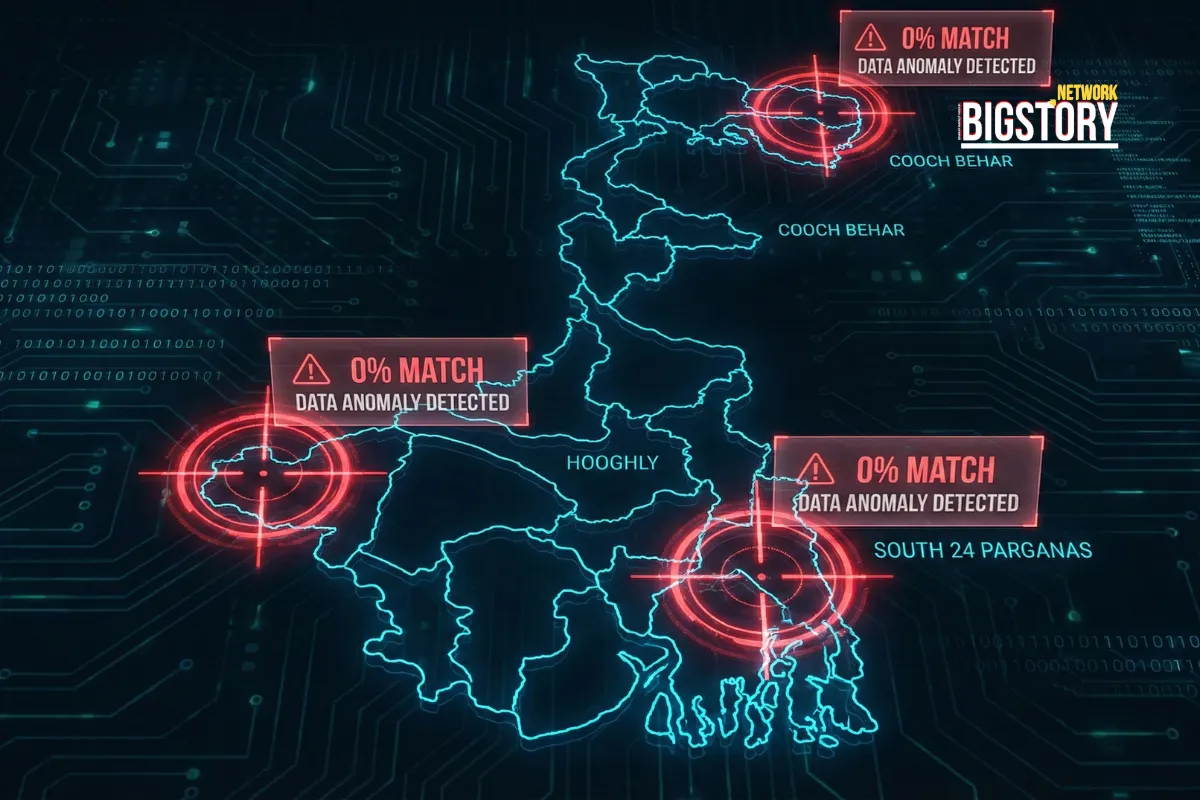Sabarimala’s gold theft isn’t just a heist. It exposes how India’s temples—run by political boards—are vulnerable to systemic corruption and zero accountability.
 Brajesh Mishra
Brajesh Mishra

On October 16, 2025, Kerala’s Special Investigation Team (SIT) arrested Unnikrishnan Potti, a former Sabarimala temple priest turned businessman, for alleged involvement in the disappearance of 475 grams of gold linked to the temple’s inner sanctum.
This arrest, however, has reopened an older question about how sacred assets are managed. In 2019, during routine gold-plating work on temple panels, 4.54 kilograms of gold reportedly went missing. The discrepancy came to light only this year—six years after the event—triggering one of the most closely watched temple governance investigations in recent memory.
The investigation traces back to July 2019, when the Travancore Devaswom Board (TDB)—the statutory body managing over 1,200 temples in Kerala—handed over 42.8 kg of gold-plated copper panels to Potti for re-plating. These were meant to be sent to a Chennai-based company, Smart Creations.
The panels left the temple weighing 42.8 kg and reached Chennai 39 days later at 38.258 kg. According to SIT officials, the panels were re-plated and returned at a slightly higher weight of 38.65 kg, still 4.15 kg short of the original.
No objections or audits were reportedly raised at the time, and the panels were reinstalled.
The issue resurfaced in September 2025 during preparations for another round of repairs, when a weight verification mismatch led to a vigilance complaint. A subsequent Kerala High Court directive prompted the SIT investigation.
According to the SIT, Potti, who began as a temple assistant in 2007, had long worked as a liaison between donors, temple officials, and contractors. By 2019, he was associated with temple beautification projects, helping coordinate between sponsors and the board.
Investigators allege he used this position to facilitate movement of the gold-plated panels. The remand report states the theft involved multiple individuals, not just a single actor.
Potti is currently in SIT custody until October 30, 2025.
The SIT has named 10 individuals, including former TDB officials, in two FIRs. Those named include former administrative officers, engineers, commissioners, and members of the 2019 governing committee. The allegations relate to lapses in procedure, not direct theft charges for all accused.
A vigilance report submitted to the Kerala High Court observed similarities between the 2019 panel discrepancy and an earlier case involving gold plating on the Dwarapalaka idols. It recommended stronger verification processes and real-time documentation for temple assets.
The case has prompted reactions across the political spectrum:
The Kerala High Court has instructed the SIT to complete the investigation within six weeks and submit a sealed report, with confidentiality maintained during the probe.
The Sabarimala case highlights gaps in inventory tracking and auditing rather than being an isolated criminal incident.
Most major temples in India are managed by state-controlled boards, which oversee donations, assets, and repairs. Many continue to rely on manual record-keeping, limited real-time tracking, and oversight mechanisms that often lack independent auditing layers.
Such a structure can leave room for procedural lapses to go unnoticed for years—as happened in this case, where the discrepancy remained invisible for over half a decade.
Several experts have pointed out that technologies like blockchain, IoT sensors, and AI-driven auditing systems could help strengthen transparency in temple administration:
A 2025 research paper on temple fund management suggested that digital tracking could reduce discrepancies and improve donor trust.
Conventional view: A theft at a major temple has triggered a criminal investigation.
Larger context: The case reflects systemic vulnerabilities in asset management at large religious institutions—an area that may need modernization, not just legal response.
How can India’s temples preserve centuries-old traditions while ensuring transparent, accountable, and modern management of assets?
The Sabarimala gold case may ultimately be less about one theft and more about a turning point in how faith institutions are governed.
Q1. What is the Sabarimala gold scandal about?
The case involves a 2019 incident where 4.54 kg of gold reportedly went missing during the re-plating of Sabarimala temple’s sanctum panels. The issue came to light in 2025 after a vigilance complaint and subsequent SIT investigation.
Q2. Who has been arrested in the case?
The Kerala SIT arrested Unnikrishnan Potti, a former temple priest turned businessman, for alleged involvement. He is currently in custody while the investigation continues.
Q3. How much gold is alleged to be missing?
Investigators reported a discrepancy of approximately 4.54 kilograms of gold between when the panels left the temple and when they were weighed at a Chennai-based workshop.
Q4. Who manages the Sabarimala temple?
The temple is administered by the Travancore Devaswom Board (TDB), a statutory body under the Kerala government that manages more than 1,200 temples in the state.
Q5. What happens next in the case?
The SIT has been given six weeks by the Kerala High Court to complete its investigation and submit a sealed report. Further legal steps will depend on the findings.






Sign up for the Daily newsletter to get your biggest stories, handpicked for you each day.
 Trending Now! in last 24hrs
Trending Now! in last 24hrs



